#Natural ecosystem
Explore tagged Tumblr posts
Text
Holy crap guys holy crap holy crap


Is this a ghost flower?????
23 notes
·
View notes
Text

Prairie Dogs: Build Virtual Worlds with Nature's Palette
Experience the unparalleled clarity and detail of the prairie dogs with our premium nature images. From the delicate textures of flora to the vibrant hues of wild fauna, every photo is an invitation to explore nature's diverse palette. Available in HD and 4K resolutions, these images are meticulously captured to showcase the beauty of our planet in every pixel, making them ideal for enhancing any project or decor with a touch of nature's majesty.
#Wildlife#Colorful landscape#Creative exploration#Wild nature#Artistic inspiration#Talented photographer#Natural ecosystem#Wildflowers#Prairie dogs#Imagella
1 note
·
View note
Text
I will never not include the Wolves Rescuing the Yellowstone Ecosystem fact dump when it’s relevant.
youtube
In simple terms: when the balance of predator and prey is broken, the rivers suffer because overgrazing leads to erosion.
And what do you think happens to the entire ecosystem when the rivers suffer under increased erosion???
Not to mention the impact of decreased quantity and variety of vegetation directly….
(Not even taking into account the entire “carnivores are carnivores and you can’t change that and we have the evidence idiots!!!” issue)
@systlin I am going insane. A WALL across the Serengeti to segregate predators from prey species??? 'any carnivore can be vegetarian they just don't' are you sure are you sure??
All you'd get if you did that is a lot of angry locals and the carnivores eating each other while the herbivores eat themselves to extinction!
I think this might actually be worse than the 'we will simply Kill all the carnivores and then nothing will get killed ever again and suffering will be eradicated uwu 😌' because at least they recognise that you can't turn a cat vegan.
I am going feral. I need to bite and bite and bite and bite
#nature is metal#ecosystems#natural ecosystem#predators are part of the ecosystem#breaking one link#in the ecosystem chain#damages the entire system#Youtube
2K notes
·
View notes
Text
"For years, California was slated to undertake the world’s largest dam removal project in order to free the Klamath River to flow as it had done for thousands of years.
Now, as the project nears completion, imagery is percolating out of Klamath showing the waterway’s dramatic transformation, and they are breathtaking to behold.
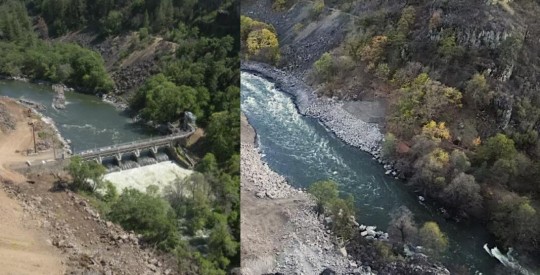
Pictured: Klamath River flows freely, after Copco-2 dam was removed in California.
Incredibly, the project has been nearly completed on schedule and under budget, and recently concluded with the removal of two dams, Iron Gate and Copco 1. Small “cofferdams” which helped divert water for the main dams’ construction, still need to be removed.
The river, along which salmon and trout had migrated and bred for centuries, can flow freely between Lake Ewauna in Klamath Falls, Oregon, to the Pacific Ocean for the first time since the dams were constructed between 1903 and 1962.
“This is a monumental achievement—not just for the Klamath River but for our entire state, nation, and planet,” Governor Gavin Newsom said in a statement. “By taking down these outdated dams, we are giving salmon and other species a chance to thrive once again, while also restoring an essential lifeline for tribal communities who have long depended on the health of the river.”
“We had a really incredible moment to share with tribes as we watched the final cofferdams be broken,” Ren Brownell, Klamath River Renewal Corp. public information officer, told SFGATE. “So we’ve officially returned the river to its historic channel at all the dam sites. But the work continues.”
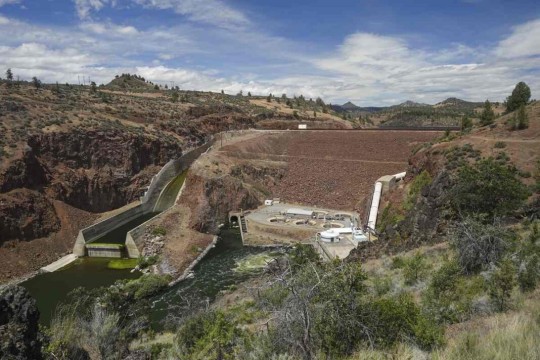
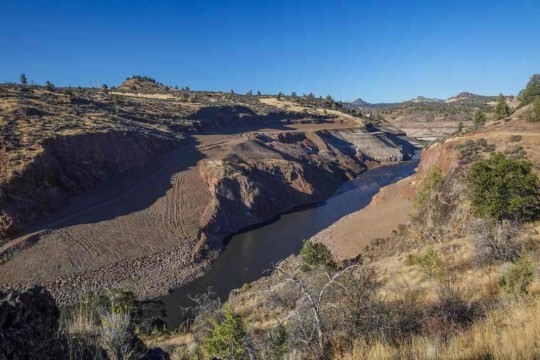
Pictured: Iron Gate Dam, before and after.
“The dams that have divided the basin are now gone and the river is free,” Frankie Myers, vice chairman of the Yurok Tribe, said in a tribal news release from late August. “Our sacred duty to our children, our ancestors, and for ourselves, is to take care of the river, and today’s events represent a fulfillment of that obligation.”
The Yurok Tribe has lived along the Klamath River forever, and it was they who led the decades-long campaign to dismantle the dams.
At first the water was turbid, brown, murky, and filled with dead algae—discharges from riverside sediment deposits and reservoir drainage. However, Brownell said the water quality will improve over a short time span as the river normalizes.
“I think in September, we may have some Chinook salmon and steelhead moseying upstream and checking things out for the first time in over 60 years,” said Bob Pagliuco, a marine habitat resource specialist at the National Oceanic and Atmospheric Administration in July.


Pictured: JC Boyle Dam, before and after.
“Based on what I’ve seen and what I know these fish can do, I think they will start occupying these habitats immediately. There won’t be any great numbers at first, but within several generations—10 to 15 years—new populations will be established.”
Ironically, a news release from the NOAA states that the simplification of the Klamath River by way of the dams actually made it harder for salmon and steelhead to survive and adapt to climate change.
“When you simplify the habitat as we did with the dams, salmon can’t express the full range of their life-history diversity,” said NOAA Research Fisheries Biologist Tommy Williams.
“The Klamath watershed is very prone to disturbance. The environment throughout the historical range of Pacific salmon and steelhead is very dynamic. We have fires, floods, earthquakes, you name it. These fish not only deal with it well, it’s required for their survival by allowing the expression of the full range of their diversity. It challenges them. Through this, they develop this capacity to deal with environmental changes.”
-via Good News Network, October 9, 2024
#california#oregon#klamath river#dam#dam removal#yurok#first nations#indigenous activism#rivers#wildlife#biodiversity#salmon#rewilding#nature photography#ecosystems#good news#hope
6K notes
·
View notes
Text
How do Nature-based Solutions work?
Nature based solutions are locally approprIate, adaptative actions to protect, sustainably manage or restore natural or modifIed ecosystems in order to address targeted societal challenges, such as climate change mitigation, while simultaneously enhancing human well-being and providing biodiversity benefits.

#modifIed ecosystems#natural ecosystem#societal challenges#climate adaptation#climate mitigation#human well-being#one health#nature-based solutions#ecosystem restoration#ecosystem services#international day for biological diversity#biological diversity#biodiversity
0 notes
Text
Hot take
Night furies are actually perfectly evolved for hunting and killing other dragons and the only reason they aren't a dragon-hunting species like the death song or deathgrippers are is because DreamWorks couldn't have their adorable main character dragon be a "cannibal"
(below I'm gonna try to summarize what we've figured out in a convo with friends on discord)
(also tw animal death via predator)
First of all yes I'm aware that pretty much every decision made about their design was with consideration of the effect it would make on human audiences but hear me out
Night furies are most iconically known as dive-bombers. They are built for speed, high maneuverability, night-time camouflage and for striking targets from above. If we remove human settlements out of the equation (which would not have existed long enough to actually influence night fury evolution, come on), what does that leave us with?
They aren't built for catching fish for sure, they aren't very hydrodynamic and their head is round, wide, and their teeth are dull. Honestly, the monstrous nightmare is much better suited for catching fish, with its long neck, almost pelican-like jaw and rhamphorhynchus teeth

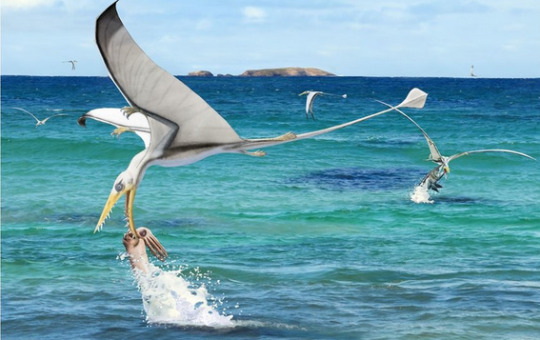
Compare to

Yeah the jaws look kinda like a porpoise of some sort but for that the whole body would have to be a lot more aquatic imo. The light fury looks a lot closer to an aquatic diver, it has a sleeker body, rounded fins instead of spikes, and a long neck.
I don't really see them hunting land animals either, they just don't look like they're adapted for that minus the resemblance with large felines and even then, they're too large to effectively hunt in forests.
The one thing I can kinda imagine them hunting is large mainland megafauna, but we're working with a setting that takes place pretty much exclusively on islands. And overall, dragons are the only abundant species there with the exception of fish and human-bred sheep and chickens.
In general, night furies have duller teeth, smaller claws and are smaller than most dragons. Disregarding the movies making Toothless weirdly OP, a night fury would be disadvantaged against most dragons in a 1v1 fight and besides, it has four huge weak spots that would highly discourage it from a direct physical fight - the primary and secondary tail fins. One unlucky rip in the membrane and the night fury is fucked.
The night fury however noticeably resembles falcons, given their dive-bombing ability and high maneuverability.
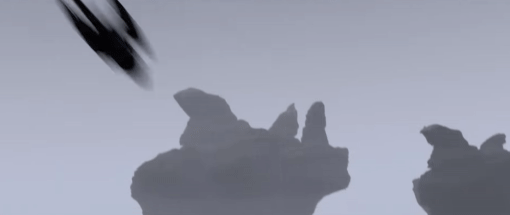

Falcons too have smaller beaks and weaker claws compared to most birds of prey, and for that they compensate by simply picking up speed, balling up their talons and Punching. Really. Hard.
And they use that ability to kill other birds, even much larger ones, by knocking them right from the sky.
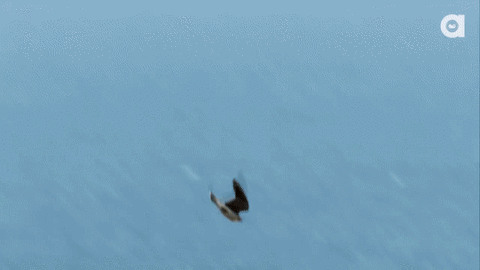
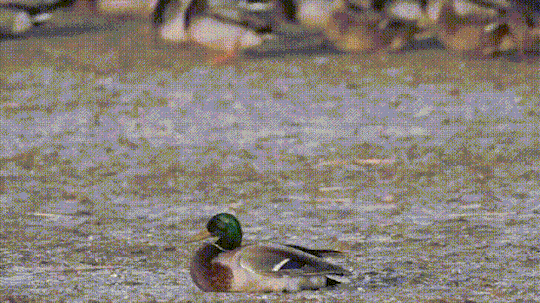
Here, the night fury's plasma blast works the same way as a falcon's punch. Dragons are fire-resistant, so what the plasma blast does is really just a densely packed bolt of energy that has the effect of either stunning or outright killing prey by damaging its spine. And what the plasma bolt doesn't do, rapid contact with the ground would finish. And if even that doesn't do it, the night fury's wide jaws and dull teeth are just fine for simply clamping around the unlucky dragon's neck and strangling it, like a lion or a pitbull.
The night-time camouflage allows the night fury to soar for extended periods of time perfectly unnoticed in the night sky, and by the time it strikes, the dragon wouldn't even know what's coming.
Unless
Say the hunting night fury is aware of other dragons sleeping under the trees, as most dragons probably would at night (village raids aside, most dragons seem to be diurnal), so how does the night fury get them in position where it can use its signature attack? Well, there's That Iconic Screech Of Death. Since in the movies it tends to appear not just during dive-bombings but also when charging up a blast, I imagine it's something the night fury is able to control to some degree. So by simply fake-diving in close proximity to sleeping dragons, it can effectively terrify them into leaving their hideout and fly out into the open where it can easily take them out.
I dunno, the possibility of night furies as predators to other dragons just makes so much sense to me, I really don't know what other reasons there would be for them to evolve these particular adaptations.
And one more little headcanon to add to this whole rant - since night furies are significantly smaller and less equipped for dragon vs dragon fights and are primarily speed-based predators, I imagine there is this very likely scenario:
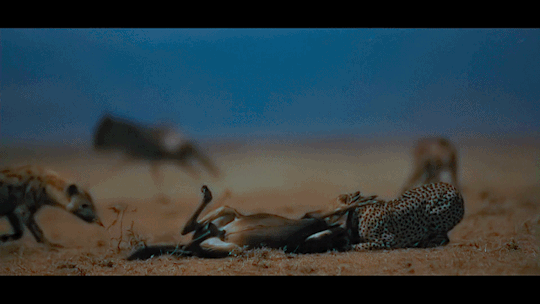
There is one dragon who resembles a hyena, a lil bit

Ok, rant over
#httyd#how to train your dragon#night fury#spec bio#spec evo#as for why Toothless isn't hunting other dragons and lives in the hive with all the rest#this is a pretty funny possibility to think about but perhaps in the past -1000-ish years humans have simply become#such a massive nuisance to the dragons that some of their species abandoned their natural behavior in exchange for kicking humans asses#yes i know the movies were all about ''dragons are actually perfectly fine and innocent and it was just the Red Death''#but also human effect on the environment and encroaching on natural dragon hunting grounds and fucking up the ecosystem#anyway there
7K notes
·
View notes
Text
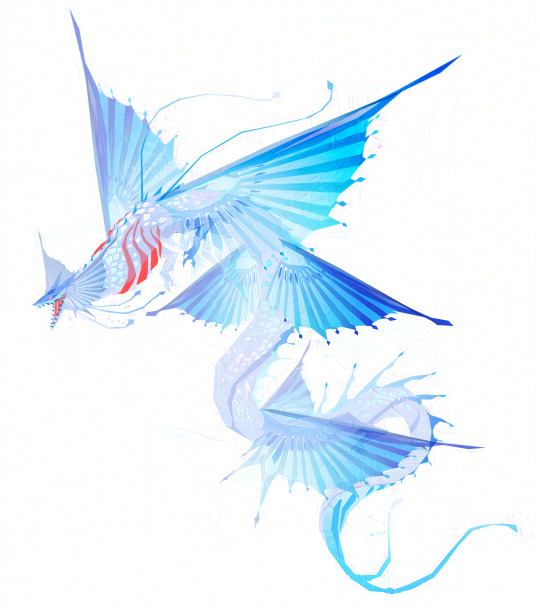
Commission for @irazel ! Really love how this one came out! Was very fun to design a flying fish/shark inspired dragon 🐉🌊🐟 (not to mention dragons are my favourite!)
#digital art#digital illustration#creature#aesthetic#art#creature design#concept art#fantasy creature#fantasy#artwork#art commissions open#monster#speculative biology#speculative evolution#ecosystem#concept design#animal#original art#original creature#nature#dragon art#dragon#wyvern#leviathan#sea serpent#sea dragon#marine life#aquatic#flying fish#ocean
2K notes
·
View notes
Text
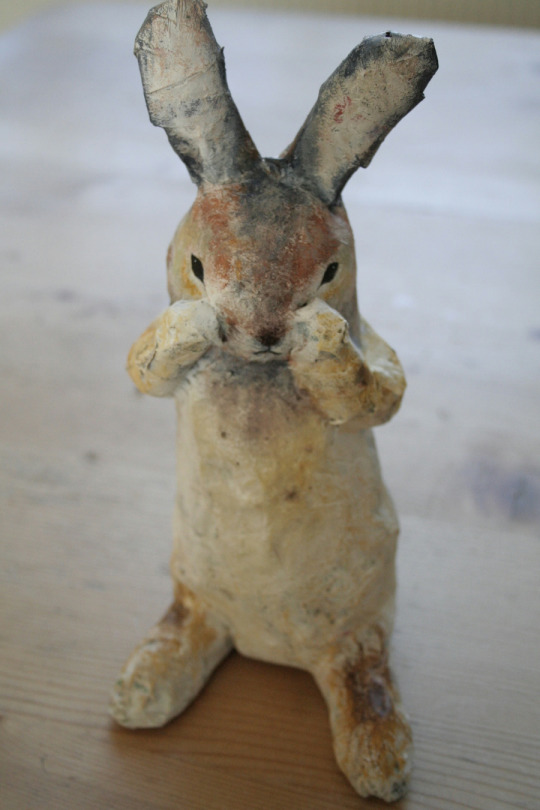
Little rabbit made from recycled materials, newspaper, wire, homemade glue. Fragility of ecosystems, subject reflecting the medium. IG @thisspeckledwood
#rabbit#sculpture#wildlife#nature#ecosystem#upcycling#recycled#ecoart#animalsculpture#art#woman artist#artists on tumblr#nature aesthetic
9K notes
·
View notes
Text


#invader zim au#your eyes are red#invader zim fanfiction#vampire dib#zadr#invader zim zadr#invader zim fanart#shitpost#idk why I drew this but here you go#bottoms are an important part of the ecosystem Dib#embrace your nature
298 notes
·
View notes
Text
Good News - July 8-14
Like these weekly compilations? Tip me at $Kaybarr1735! And if you tip me and give me a way to contact you, at the end of the month I'll send you a link to all of the articles I found but didn't use each week!
1. Zoo welcomes birth of four endangered horse foals
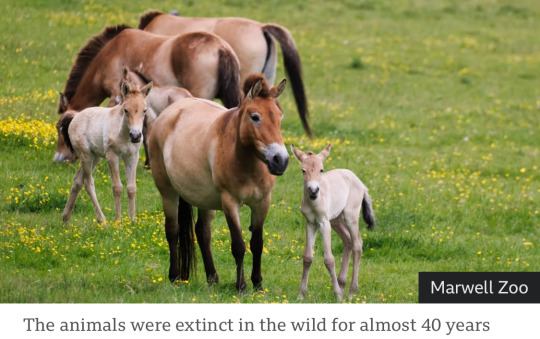
“[The Marwell Zoo in GB] said it was "delighted" to welcome the arrivals to the endangered Przewalski’s horse herd. All four are female and said to be "doing well" after two were born in May and two in June. […] “These horses, that were previously listed extinct in the wild, are an example of how zoo breeding programmes can help restore threatened species around the world.” […] All the Przewalski’s horses alive today are descended from just 12 individuals. Current estimates suggest there are 178 mature individuals living in the wild.”
2. Restoring woodlands and planting trees for sustainability success

“In 2023, [the Marwell Zoo] planted 9,000 new trees […] both within the zoo and on our surrounding land. […] Marwell tries to encourage natural feeding behaviour and nutrition by including leafy material [in animals’ feed] as much as possible. […] Planting more trees and enhancing management of our existing woodlands, prepares the way to further self-sufficiency in browse production in the future. Plus, it creates new habitats for wildlife in our woodland areas.”
3. Inclusive Playgrounds Allow Children Of All Abilities To Play

“With ramps allowing children in wheelchairs to ascend the central play structure, as well as numerous other swings and apparatus usable for children of all abilities, the 16,000-square-foot P.K.’s Place is St. Paul’s first fully inclusive playground. […] To be universally accessible, a play area must have at least 70% of its play features fully accessible, far more than required by the Americans with Disabilities Act (ADA). […] Play areas should allow parents and grandparents with disabilities to participate as well.”
4. Combination treatment can increase human insulin-producing cells in vivo
“[Diabetes-model mice] were treated with the combination therapy [of a plant product called harmine and “a widely used class of type 2 diabetes therapy”] and their diabetes was rapidly reversed. Strikingly, human beta cell numbers increased by 700 percent over three months with this drug combination. "This is the first time scientists have developed a drug treatment that is proven to increase adult human beta cell numbers in vivo. This research brings hope for the use of future regenerative therapies to potentially treat the hundreds of millions of people with diabetes," said Dr. Garcia-Ocaña, the paper's corresponding author.”
5. Decades of Dedication: Australia’s Largest Ongoing Urban Restoration Project

“[Friends of Lake Claremont] has transformed the area into a thriving ecosystem, re-establishing native habitats and fostering biodiversity. This year, 800 native seedlings (100 trees, 350 shrubs and 350 ground covers) have been planted on the northwestern buffer of Lake Claremont. Volunteers replaced a large Port Jackson fig (Ficus rubiginosa) affected by [beetle] infestation with native plants to enhance the local wildlife habitat, thereby benefiting insects, frogs, birds and brown bandicoots. […] Overall, the project contributes to the area’s function as a regional ecological corridor, linking inland bushlands, the Swan River and the Indian Ocean.”
6. Important habitat for fish in Heart of the Fraser now conserved

“British Columbia’s iconic salmon now have more protected spawning habitat in the lower Fraser River, thanks to the Nature Conservancy of Canada’s (NCC’s) conservation acquisition of Carey Island. […] Carey Island and its gravel channels offer calm and crucial spawning and rearing habitat for the river’s fish and aquatic species. […] The Pelólxw Tribe […is also] actively working to restore the resilience of aquatic habitat within this stretch of the Lower Fraser. NCC is exploring opportunities to collaborate with the Pelólxw Tribe in support of their vision for stewardship of the area, which prioritizes both ecological and cultural values.”
7. Prime editing efficiently corrects cystic fibrosis mutation in human lung cells
“[R]esearchers have developed a gene-editing approach that efficiently corrects the most common mutation that causes cystic fibrosis, found in 85 percent of patients. With further development, it could pave the way for treatments that are administered only once and have fewer side effects. The new method precisely and durably corrects the mutation in human lung cells, restoring cell function to levels similar to that of Trikafta [the standard treatment since 2019].”
8. Montana’s High Court Considers a Constitutional Right to a Stable Climate
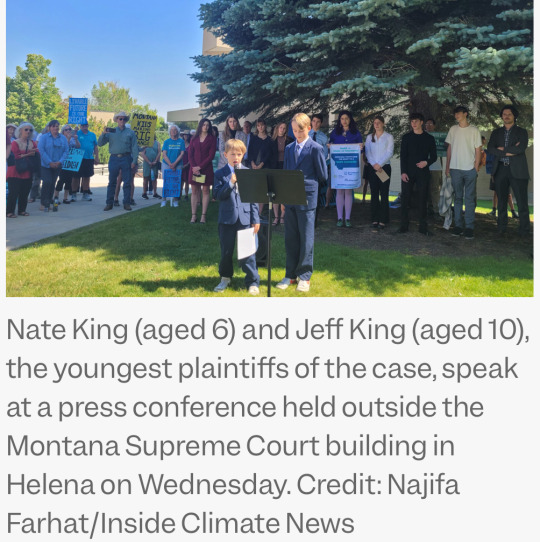
“At issue was the appeal of a decision last year, when a Montana judge blocked a state law that prohibited agencies from considering climate impacts when deciding whether to approve fossil fuel projects such as new power plants, pipelines or mining. The ruling, by District Judge Kathy Seeley, was prompted by a lawsuit filed by 16 youths who argued that the law violated Montana’s constitutional right to a “clean and healthful environment.” It was the first ruling in the United States to effectively establish constitutional rights to a stable climate[….]”
9. The US is about to get its first solar-covered canal

“The first canal-based solar project in the U.S. is nearing completion on tribal lands south of Phoenix, Arizona. […] The long, narrow solar array design would snake along the line of the canal and tap into the local electrical distribution grid every 1,000 feet, or every one megawatt. […] “Canal solar allows for greater power production per land size, cleaner water, less power transmission losses, and significant reduction in evaporation[….]” Covering the entire 8,000 miles of canals and waterways managed by the Bureau of Reclamation with solar panels could generate over 25 gigawatts of renewable energy and reduce water evaporation by tens of billions of gallons[….]”
10. Camera traps offer glimpse of first beaver born in Northumberland for 400 years
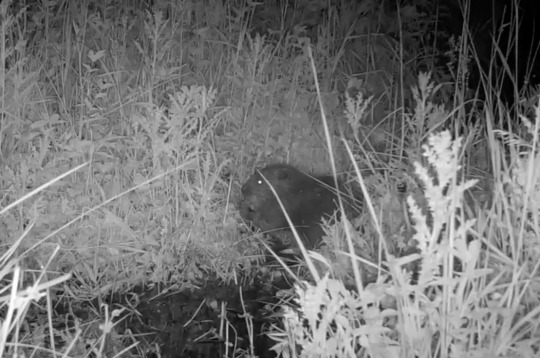
“"It’s such a relief that they have bred successfully and to see a new fluffy kit swimming with the family[….]” In just one year [since releasing the beavers], there has been a noticeable increase in resident trout, says the National Trust, along with more regular visits from kingfishers and grey herons. There are more insects at the site, too, thanks to the organic matter that builds up behind the dams, which in turn provides food for Daubenton’s bats. […] Beavers also play an important role in creating habitats that are more resilient to the effects of climate change[….]”
July 1-7 news here | (all credit for images and written material can be found at the source linked; I don’t claim credit for anything but curating.)
#hopepunk#good news#horse#zoo#nature#extinct species#sustainability#forest#children#disability#playground#disabled#wheelchair#diabetes#medicine#science#urban#biodiversity#ecosystem#fish#first nations#cystic fibrosis#gene editing#climate change#climate#youth#human rights#solar panels#solar energy#beaver
329 notes
·
View notes
Text
Forget hot girl summer it is
Citizen Science Summer!
Get on eBird, iNaturalist, Seek, whatever apps and forums are cool to you and discover the huge variety of life right under your nose! Snap some pics and record those critters! Rejoice for native bees and plants growing wild by the roadside!!
#ecology#citizen science#ebird#inaturalist#seek#nature#biology#native plants#ecosystems#citizen science summer
2K notes
·
View notes
Text

#UndisturbedEcosystems
… preservation is crucial for maintaining the balance of our natural world. It includes benefits such as flood control, water filtration, and carbon sequestration which help regulate the effects of climate change, and contribute to human well-being and mental health.
@BenAdrienProulx July 30, 2024.
#Undisturbed Ecosystems#Wilderness Need Protection#IUCN#International Union for Conservation of Nature#ECCC#Environment and Climate Change Canada#NCC#Nature Conservancy of Canada#Raw Nature#Wild Landscapes#The Heart of the Healer#Nature Photography#Nature Canada#Mountainous Parts of the Northern Hemisphere#Canada#Mohawk Native Reserve#The RavenKeeper
296 notes
·
View notes
Text

Wish the quality was better, but it will do 💗
#my post#photography#nature#pnw photography#beautiful#nature photography#travel#naturecore#nature hikes#hike#waterfallcore#pnw waterfalls#waterfalls#water#watercore#waterfall gif#gif#nature aesthetic#get outside#outdoors#the great pnw#pacific northwest#pnw#environment#ecosystem#waterfall#gif by me#travelcore#creek#summer
333 notes
·
View notes
Text
There's been a recent increase in the removal of old dams and other barriers on salmon streams on the west coast of the U.S. While last year's removal of part a weir from McKay Creek wasn't as dramatic as the removal of dams on the Klamath River, the results of the removal are very promising.
The weir was installed about thirty years ago due to the creek being drained by a nearby reservoir. Unfortunately, its design meant that salmon could no longer go higher up the creek to their historic breeding grounds.
The power of nature's resiliency--if we give it the chance to recover--was evident in the fact that this past February saw the return of the salmon to the creek for the first time in three decades. What's even more exciting is that scientists found not just a few redds (salmon egg nests), but seventy-two of them in a six mile stretch of the creek above the weir! That's incredibly impressive, considering how long salmon were blocked from that area.
Here's to more projects like these giving our salmon a fighting chance for survival in spite of everything we've thrown at them over the years.
#salmon#fish#fishblr#icthyology#aquatic ecosystems#dams#dam removal#conservation#environment#environmentalism#habitat restoration#endangered species#extinction#wildlife#animals#nature#ecology\#restoration ecology
617 notes
·
View notes
Text
"Tilia is a vest-wearing conservation dog that the 444-acre [Mequon] nature preserve relies on for vital conservation and restoration work.
The dog’s responsibilities include sniffing out invasive and endangered species in the prairies, forests, and wetlands of Mequon.
Conservation dogs have become more commonplace in wildlife organizations, tapping into their astonishing scent-detecting abilities.
“Dogs in general already have up to 200 million olfactory sensors,” Cory Gritzmacher, the director of operations at the nature preserve, told Wisconsin Life.
Humans, on the other hand, have about 5 million.
“[Dogs are] already set up and designed for scent detection,” Gritzmacher added. “It’s really just finding a dog that’s motivated, that wants to do it on a regular basis and is excited to do it.”
Tilia was the pup for the job.

One of her main roles is to detect wild parsnip, an invasive species that staff removes once it is found on the property.
Compared to humans, Tilia can find parsnip in its first year, while it’s still close to the ground and camouflaged by other plants. This is vital, since parsnip will start to spread rapidly by the time it reaches its second season in the preserve.
Studies show that the estimated damage caused by invasive species has cost the United States around $120 billion annually, as it impacts agriculture, recreational industries, and wildlife management.
By catching invasive species that take hold of local flora and fauna early, Tilia achieves something no humans can.
“The best trained volunteers or staff in the world won’t even be able to find what a canine can,” Gritzmacher said. “That’s the pretty impressive part of it. And who doesn’t want to go to work with a dog?” ...
Tilia began training as a puppy, and now nearly seven years old, she’s a pro at scent detection — which all started with some treats hidden in cardboard boxes...
“As she continues to hit on the correct scent, then she gets rewarded. So, she’s going to get paid again. We do our work, we get paid. She does her work, she gets paid.”
Tilia can also spot Blue-Spotted and Easter Tiger Salamanders, which are endangered in the area. Her other scents include Wood Turtle and Garlic Mustard.
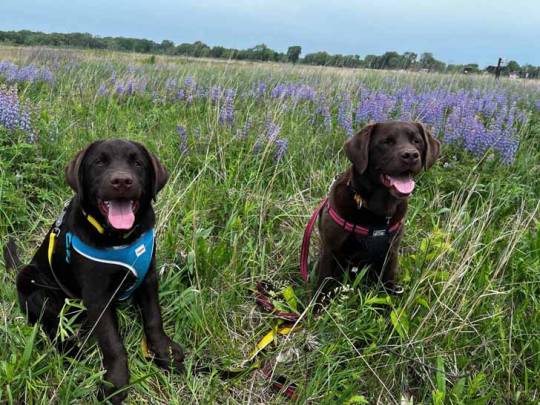
Of course, her workload remains balanced with time off. Her official owner is the director of Mequon Nature Preserve, who is happy to embrace her as the family dog when she’s not out sniffing.
But Gritzmacher, who trains and works alongside Tilia, adores her, not only for her companionship, but for the miracles she is able to work as an asset to Wisconsin’s conservationists.
“Canines are going to start to play a huge role in the conservation field just because of their amazing detection skills,” Gritzmacher said, “especially when resources are limited, staff is limited and you have to search potentially thousands of acres or miles.”
In fact, Tilia was joined by a partner in crime a few years ago: Timber, another chocolate lab who is actually the offspring of Tilia’s sister.
By following in her pawprints, Timber’s “powerful nose will be a key tool” in the preserve’s “land restoration efforts,” according to its website.
“For years, scientists have tried to replicate the power and efficiency of the canine nose,” Mequon Nature Preserve adds on a webpage for Tilia and Timber.
“The results keep coming back the same: The canine nose is second to none. Coupled with an insatiable desire to work and serve, Tilia and Timber help us find things humans often can’t.”"
-via GoodGoodGood, December 2, 2024
#dogs#labrador#chocolate lab#labrador retriever#conservation#endangered species#invasive species#biodiversity#united states#wisconsin#nature preserve#ecosystem#working dogs#dogblr#good news#hope
4K notes
·
View notes
Text

colorful beech forest in autumn. primeval woods of transcarpathia on a sunny day. beautiful nature background
#forest#autumn#nature#tree#beauty#environment#europe#beautiful#natural#day#season#weather#foliage#woodland#ecosystem#woods#deciduous#beech#outdoor#carpathian#scenery#bright#calm#lush#primeval#scenic#sunny#tall#background#colorful
189 notes
·
View notes